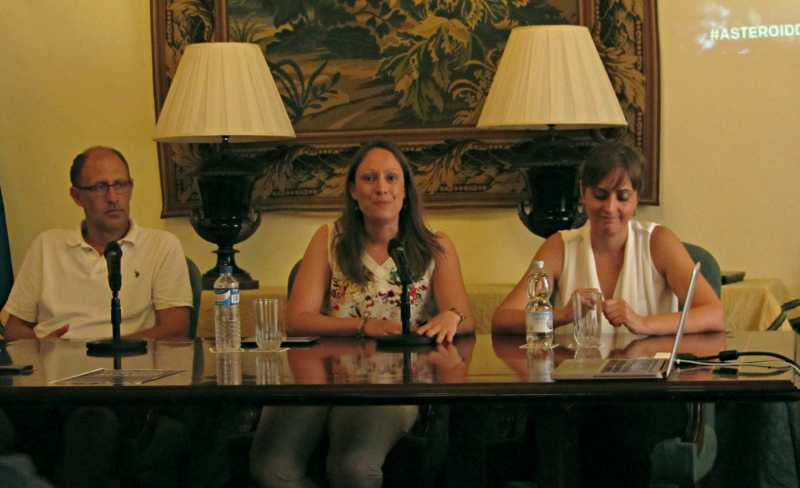
Well that was an interesting talk.
There have been no massive asteroid impacts in living memory, so it’s easy to forget that they exist.
The scientists are pretty confident they’re tracking 96% everything over a kilometre in diameter. Those happen just once every 700,000 years, which is good because they hit with the equivalent of 60,000 million tons of TNT. The worry is the smaller ones. A 40m-wide asteroid hists the earth every 400 years, and we’re tracking just 1% of them. That’s the size of the one that hit Tunguska in 1908, creating an earthquake which probably measured 5 on the Richter scale, and flattening the trees outwards for about 20 miles. What a good thing it didn’t hit London or Madrid. Luckily most of the planet isn’t cities, but sooner or later our luck’s going to run out.
Rememeber the asteroid that screamed over Chelyabinsk in Siberia in February 2013? There’s an estiimated 10 million asteroids that size which could hit us, and we’ve found 0.1% of them.
Now I don’t want to give anybody nightmares. These things don’t hit often, and when they do, they’re unlikely to hit you personally. Your chances of being killed by an asteroid are about the same as your chances of bing killed in a car accident. Meteor impacts happen a lot less often, but they kill more people when they do.
Don Yeomans says that the three most important things to attend to if you want to protect the Earth from NEO impacts is 1) find them early, 2) find them early, and 3) find them early.
At the current rate of discovery, it will take over 1,000 years to find 1 million new near Earth asteroids, and that’s only 10% of the Chelyabinsks.
The good news is NEOCam and the Sentinel IR space telescope, two space telescopes which between them should find 80% of the dangerous Tunguska-sized asteroids and 45% of the Chelyabinsks. That’s much better odds.
My own back of an envelope calculation is that funding both would cost about 0.20€ per tax-payer in the G7 (about $900 million shared between a population of 1 billion, hlf of them taxpayers). Would you pay 20 cents to halve your lifetime risk of dying in a car crash?
If so, please sign the Asteroid Day 100x Declaration petition to tell the polititions that we want this.
